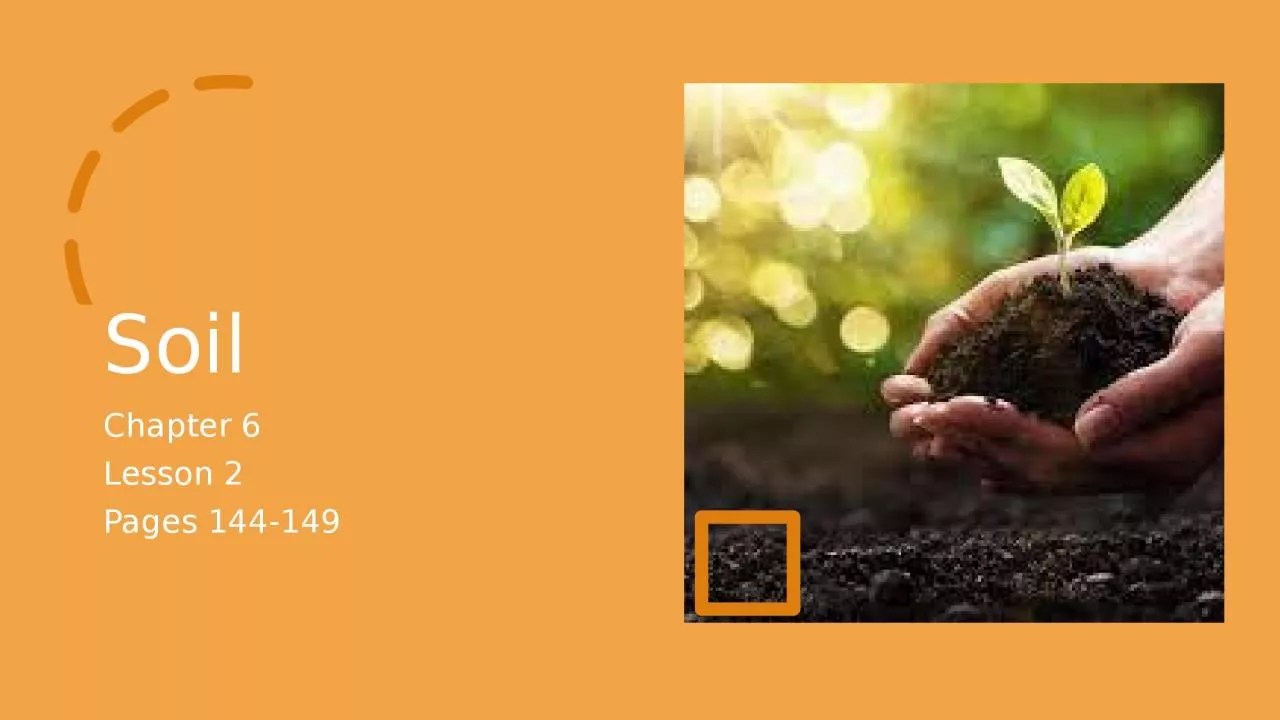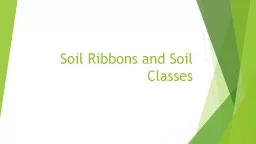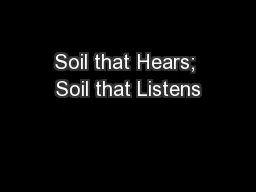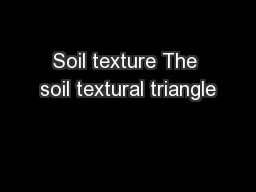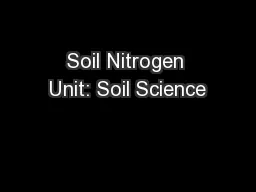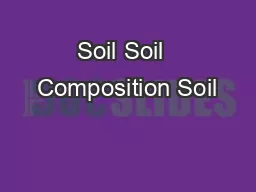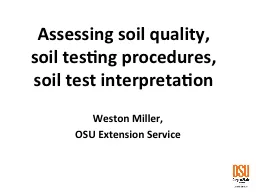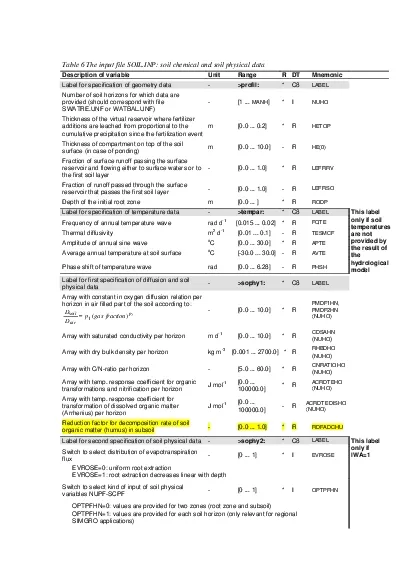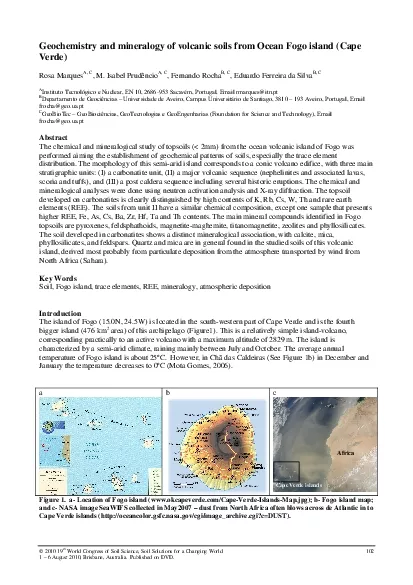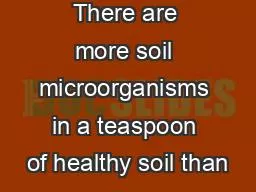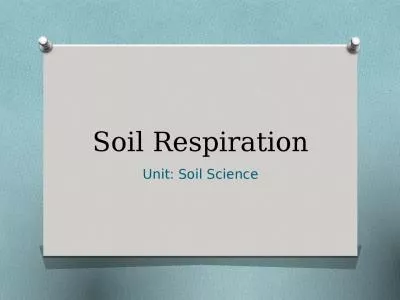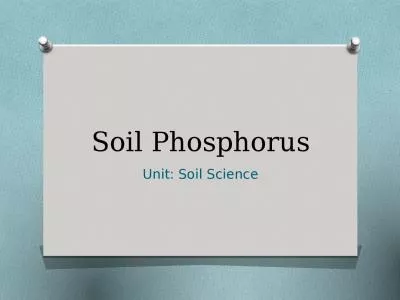PPT-Soil Chapter 6 Lesson 2
Author : cadie | Published Date : 2023-10-30
Pages 144149 CHALK TALK HUMUS If you look at soil with a hand lens you will find small pieces of rock minerals and humus Living Things You might not see them
Presentation Embed Code
Download Presentation
Download Presentation The PPT/PDF document "Soil Chapter 6 Lesson 2" is the property of its rightful owner. Permission is granted to download and print the materials on this website for personal, non-commercial use only, and to display it on your personal computer provided you do not modify the materials and that you retain all copyright notices contained in the materials. By downloading content from our website, you accept the terms of this agreement.
Soil Chapter 6 Lesson 2: Transcript
Download Rules Of Document
"Soil Chapter 6 Lesson 2"The content belongs to its owner. You may download and print it for personal use, without modification, and keep all copyright notices. By downloading, you agree to these terms.
Related Documents

